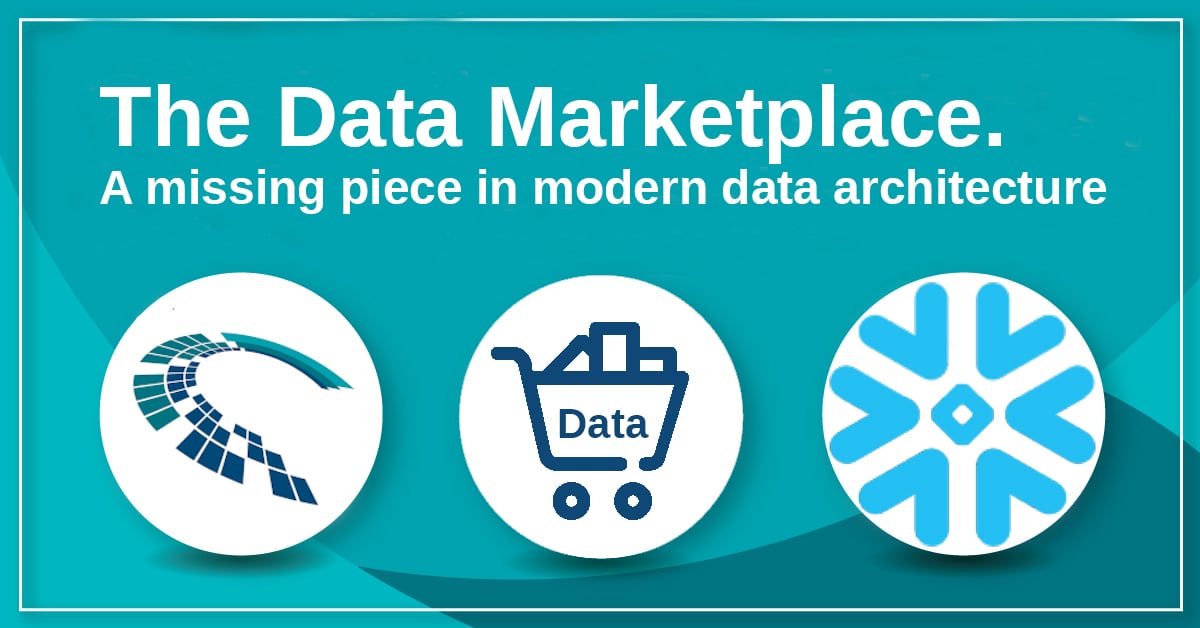What is a data catalog, what is a data marketplace and what are the differences between them?
A data catalog and a data marketplace are two distinct concepts in the world of data management, though they both deal with organizing and providing access to data. Here’s a brief overview of each and the main differences between them:
Data Catalog
A data catalog is a centralized repository that helps organizations manage, discover, and understand their data. It acts as an inventory or a metadata management system, containing information about the datasets, such as data location, data format, data schema, ownership, data lineage, and any relevant business context. Data catalogs enable data users (analysts, data scientists, or other stakeholders) to quickly find and access the datasets they need for their tasks.
Some key features of a data catalog include:
Metadata management: Stores and organizes metadata to help users understand the context and quality of the datasets.
Data discovery: Enables users to search and find relevant datasets based on keywords, descriptions, or other criteria.
Data lineage: Provides information on the origin and transformation history of a dataset.
Data governance: Implements policies, procedures, and roles to ensure the responsible use and management of data.
Data Marketplace
A data marketplace, on the other hand, is a platform where organizations and individuals can buy, sell, or exchange data. It acts as a hub that connects data providers with data consumers, offering a range of datasets from various industries and domains. Data marketplaces may provide raw data, pre-processed data, or data that has been enriched with additional context, analysis, or insights.
Some key features of a data marketplace include:
Data curation: Ensures the quality and relevance of the datasets offered on the platform.
Data licensing and pricing: Provides clear information on the terms and conditions of using the data, as well as pricing models (such as subscription, pay-per-use, or tiered pricing).
Data delivery and integration: Facilitates the delivery of data to users, often providing APIs, connectors, or other tools for integrating data into existing systems.
Data security and privacy: Implements measures to protect the data and ensure compliance with relevant regulations and standards.
Differences between Data Catalog and Data Marketplace:
Purpose: A data catalog focuses on managing and organizing internal data within an organization, whereas a data marketplace deals with the external exchange of data between organizations or individuals.
Audience: Data catalogs primarily serve the needs of data users within an organization, while data marketplaces cater to both data providers and data consumers across different organizations.
Scope: Data catalogs generally contain metadata and information about an organization’s datasets, while data marketplaces offer a wider range of datasets, often from diverse industries and domains.
Ownership: In a data catalog, the data is owned and managed by the organization, while in a data marketplace, data ownership can be distributed across multiple providers and subject to licensing agreements.
How can a data catalog be leveraged to implement a data marketplace?
A data catalog can be a valuable foundation for implementing a data marketplace, as it provides the necessary structure and metadata management to organize and understand the available datasets. Here are several ways a data catalog can be leveraged to implement a data marketplace:
Data discovery and curation: A data catalog can be used to identify high-quality and valuable datasets within an organization that can be offered on the data marketplace. The catalog’s search and discovery features make it easier to find relevant datasets and assess their potential value to external consumers.
Metadata management: The metadata stored in a data catalog provides crucial information about datasets, such as descriptions, ownership, data schema, and lineage. This information can be utilized in the data marketplace to help data consumers understand the context and quality of the datasets being offered.
Data governance and compliance: The data catalog’s governance features can be extended to the data marketplace to ensure that data is shared and consumed in a responsible and compliant manner. This includes implementing policies, procedures, and roles to manage access, usage, and data privacy.
Data lineage and provenance: Data lineage information from the data catalog can be used to provide transparency on the origin and transformation history of datasets in the marketplace. This helps data consumers make informed decisions about the data’s reliability and suitability for their needs.
Data quality management: By integrating data quality management capabilities from the data catalog, a data marketplace can ensure that the datasets offered are accurate, consistent, and up-to-date, which in turn increases the trustworthiness of the marketplace.
Data standardization: A data catalog can help standardize the format, schema, and structure of datasets in the organization, which can simplify the process of integrating and sharing data in the marketplace, making it more accessible and usable for data consumers.
Integration with data delivery mechanisms: Leveraging the data catalog’s existing infrastructure, such as APIs or connectors, can help facilitate the delivery and integration of data from the marketplace to the end-users’ systems or applications.
Access control and security: The access control and security features of a data catalog can be extended to the data marketplace to protect sensitive data and ensure that only authorized users can access and consume the datasets.
By leveraging these capabilities, a data catalog can serve as a strong foundation for creating a data marketplace that offers high-quality, well-organized, and easily accessible datasets to a wide range of data consumers.
Conclusion
In conclusion, a data catalog can play a crucial role in implementing a data marketplace by providing a robust foundation for organizing, understanding, and sharing datasets. Leveraging the data catalog’s capabilities in metadata management, data discovery, governance, lineage, quality management, standardization, integration, and access control enables the creation of a secure, reliable, and efficient data marketplace. This, in turn, facilitates the exchange of valuable data between organizations and individuals, driving innovation, collaboration, and data-driven decision-making across various industries and domains.
